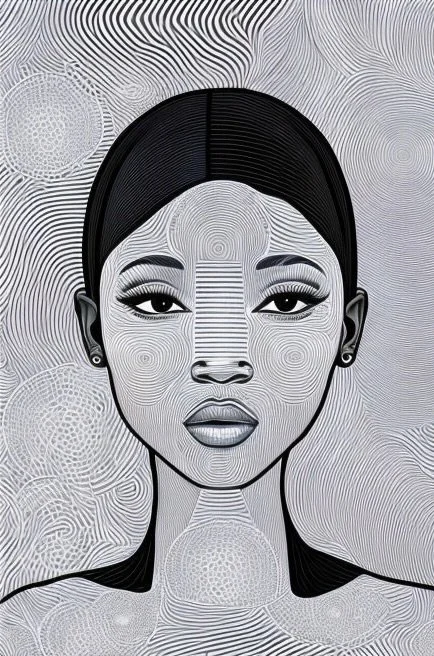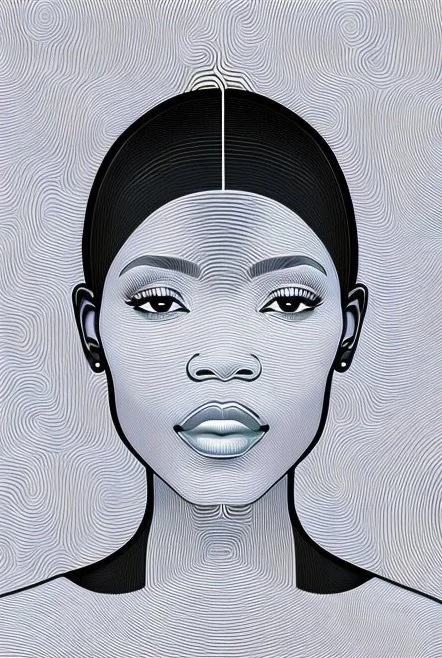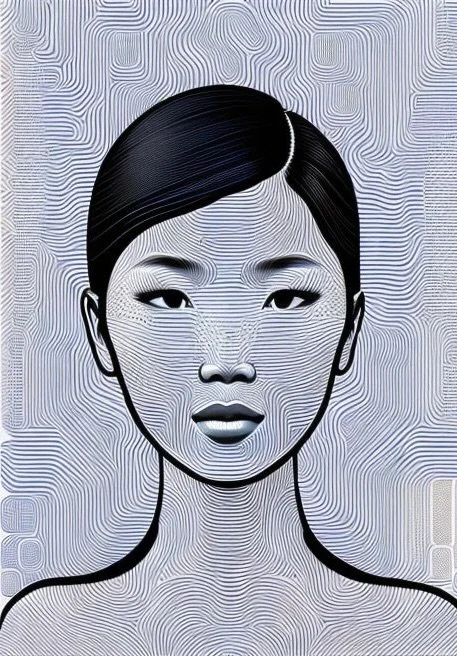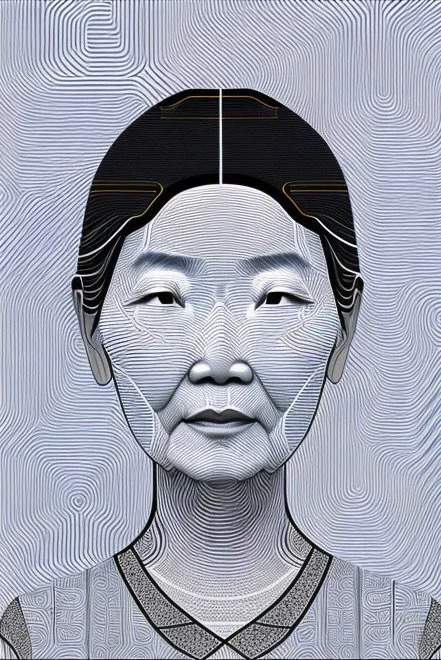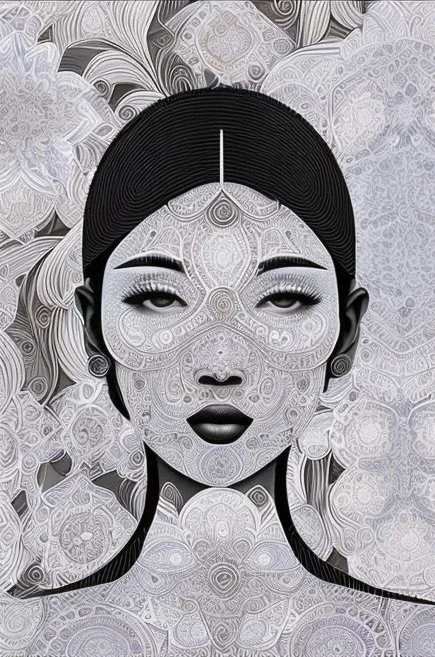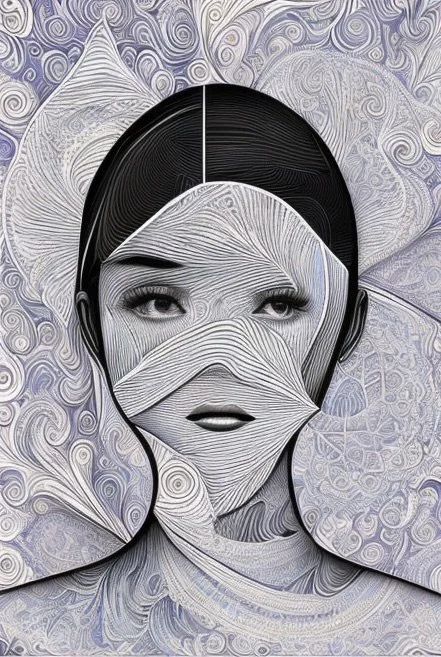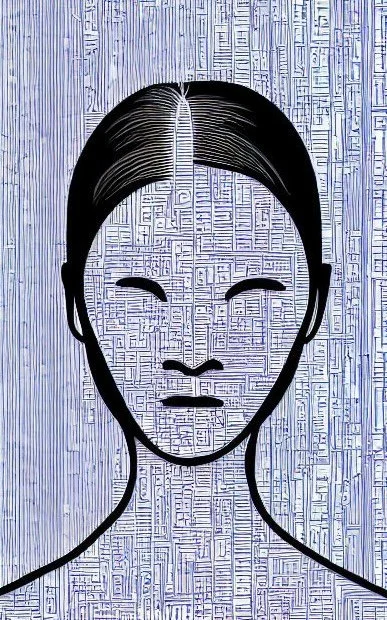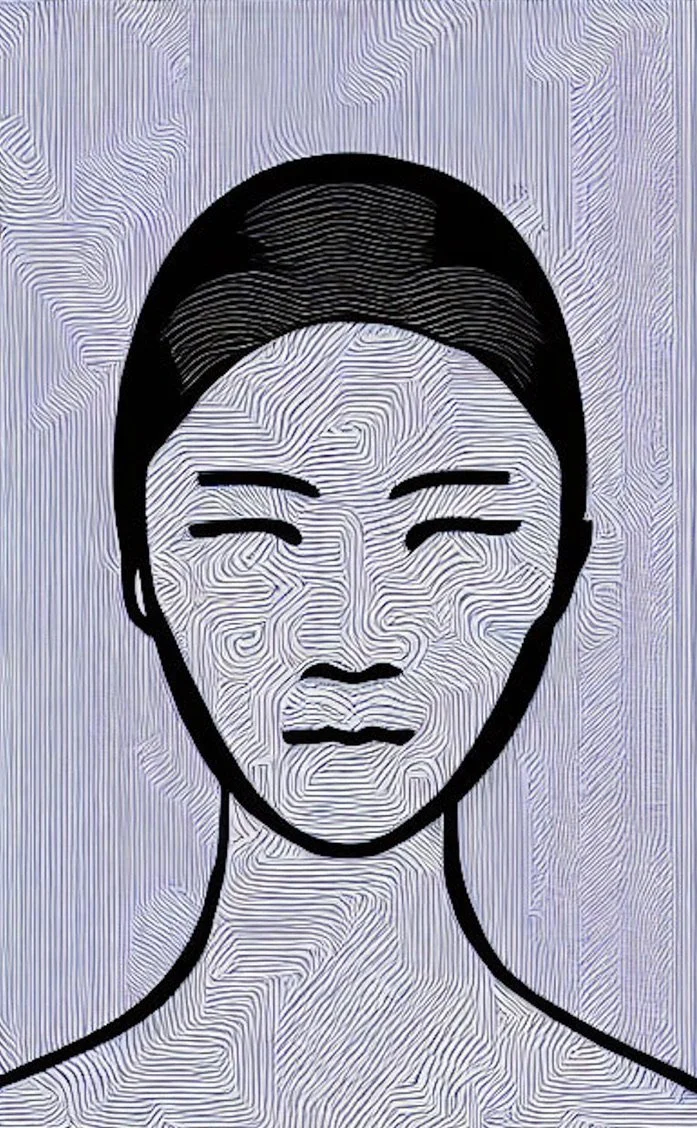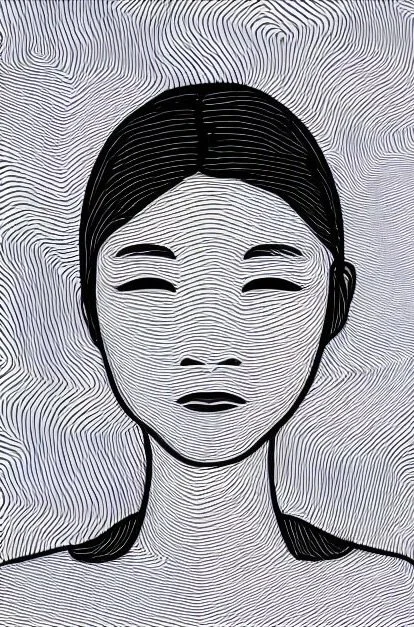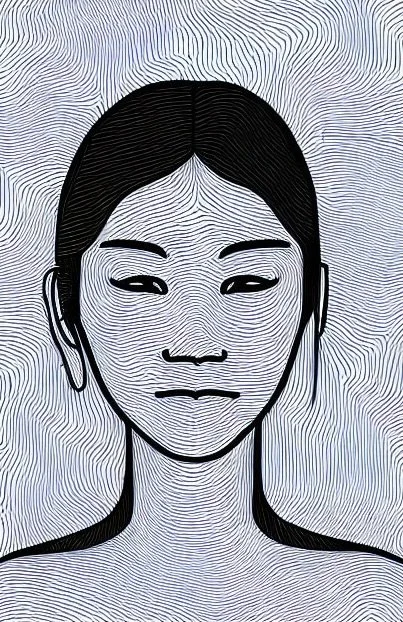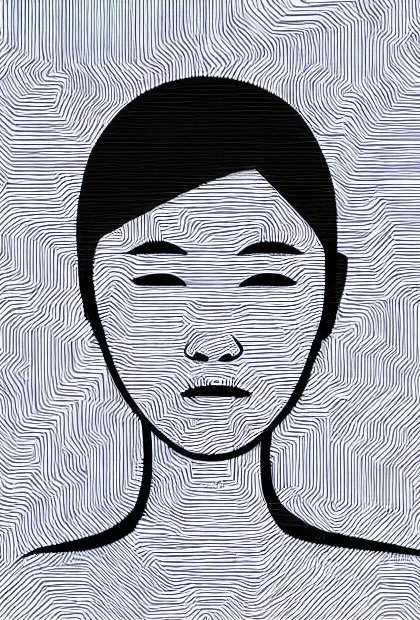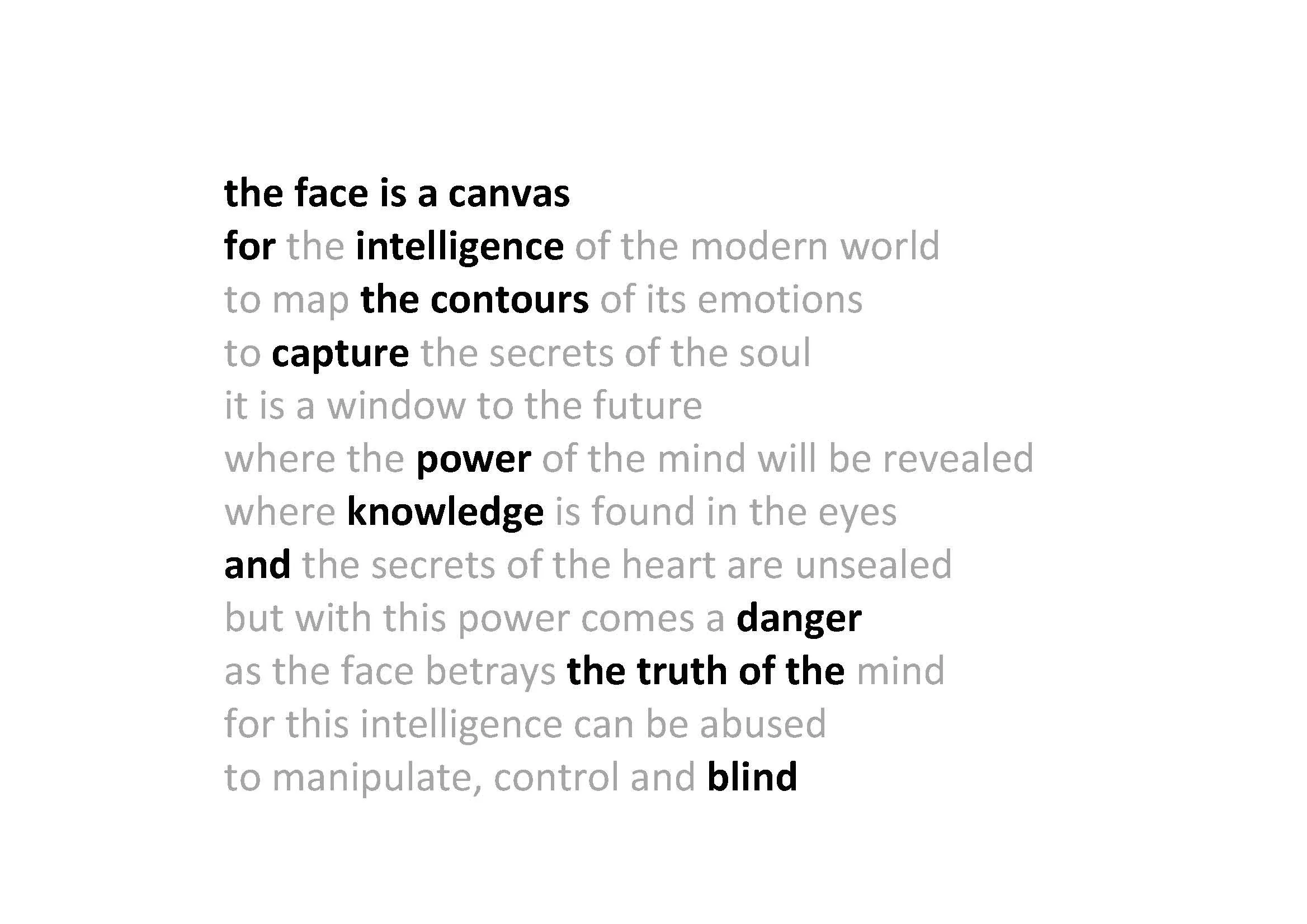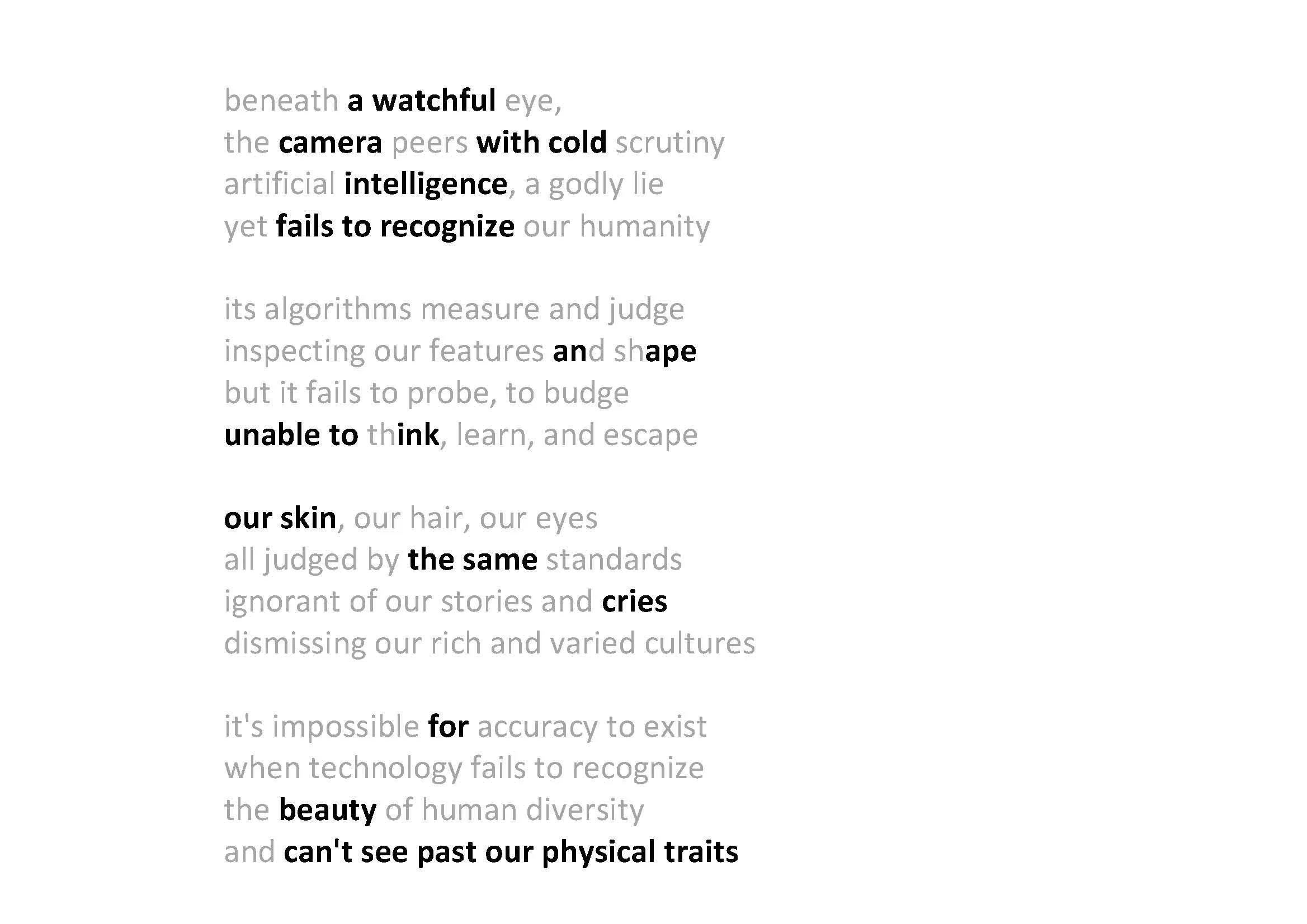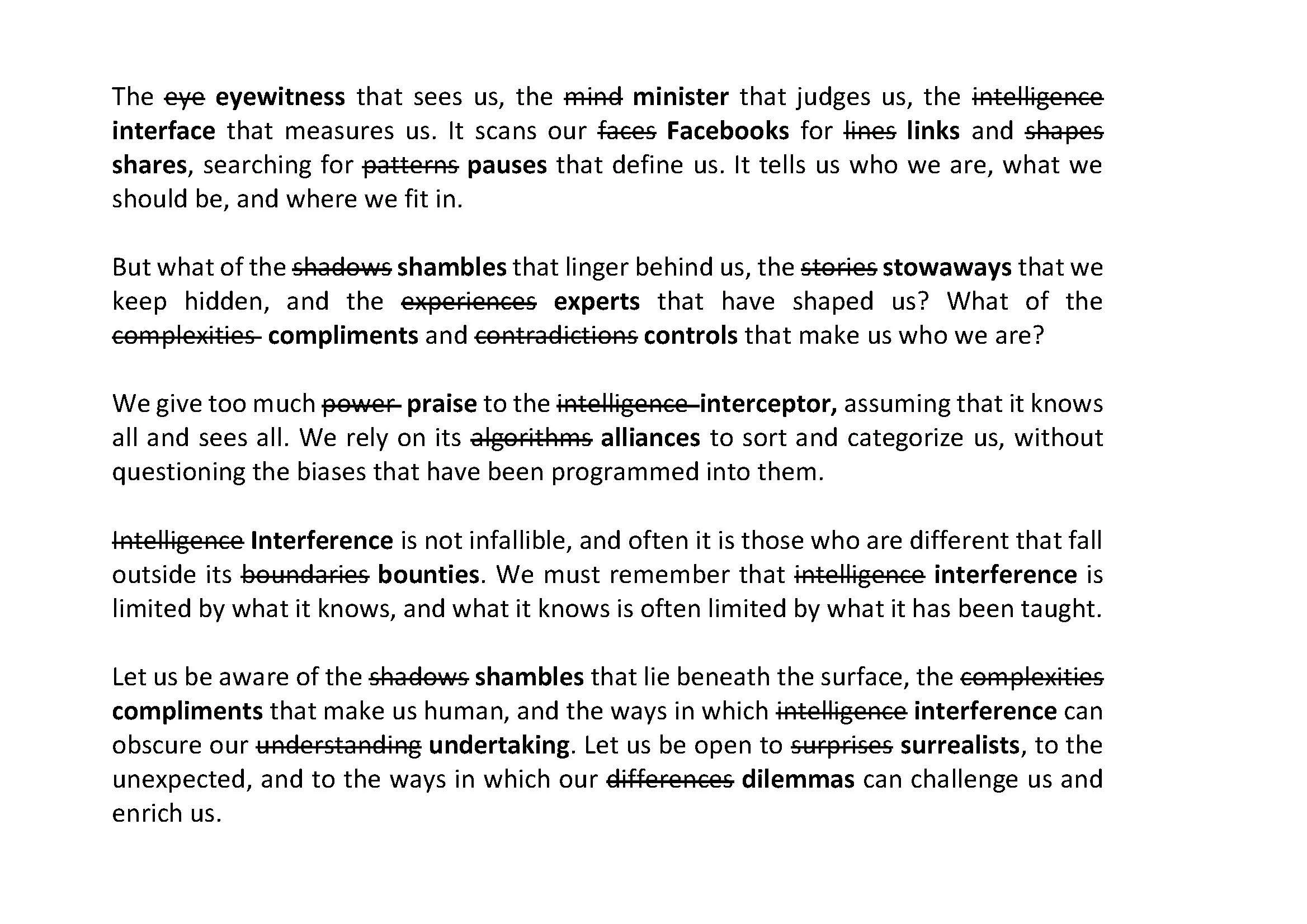Faces of Intelligence: Playing with AI
This body of work explores the limits and potential of AI art through a series of experiments in visual and textual creativity using AI generative software*.
The focus of the research is on facial recognition systems, the application of which has been controversial. Among issues of concern is the accuracy of such systems for recognising faces of non-white people. In some sense, the work turns this debate on its head: instead of investigating the accuracy of AI systems per se, it presents the visual images created by AI software in response to prompts about racial and age categories. The generative capacity of AI is also tested in poetry created by an AI software in response to a prompt about the biases of facial recognition technology.
Results of the experiments demonstrate the banality of AI-generated creativity. The interaction between text (prompts) and generative algorithms is not straightforward and not necessarily within a human artist’s control. Much depends on the data on which the algorithm is trained, how images are labelled/interpreted in training data, and the “maturity” of the system.
While the underlying power of AI algorithms in reproducing/changing stereotypes is not disputed, the exhibition also demonstrates the potential role of the human artist in “collaborating” with the software through selecting/framing/erasure/manipulation to produce what might be passed as “art” or “poetry”. It suggests that the possibility for innovation is less dependent on technological advances than on technology’s interaction with human agency.
An exhibition of artwork and poetry generated as part of this project was shown in as Faces of Intelligence: Playing with AI on 5-21 May at the AIRspace Projects Gallery. A related piece of artwork “Unusual Suspects” was published in Surveillance & Society’s themed issue “AI and Surveillance”. 2023.
* Text 2 Dream from Deep Dream Generator was used for generating images while ChatGPT was used for generating poems. Prompts for most of the images were identical except for racial category and age, while three images were generated using one of the ChatGPT-created poems as prompt. Prompts for poetry generation specify the form; the subject matter; advice about punctuation, tone and language; and occasionally a request to write in the style of a named poet. The human artist was responsible for the choice of prompts, selection and cropping of images/poems, and the erasure/substitution of words in the poems.
